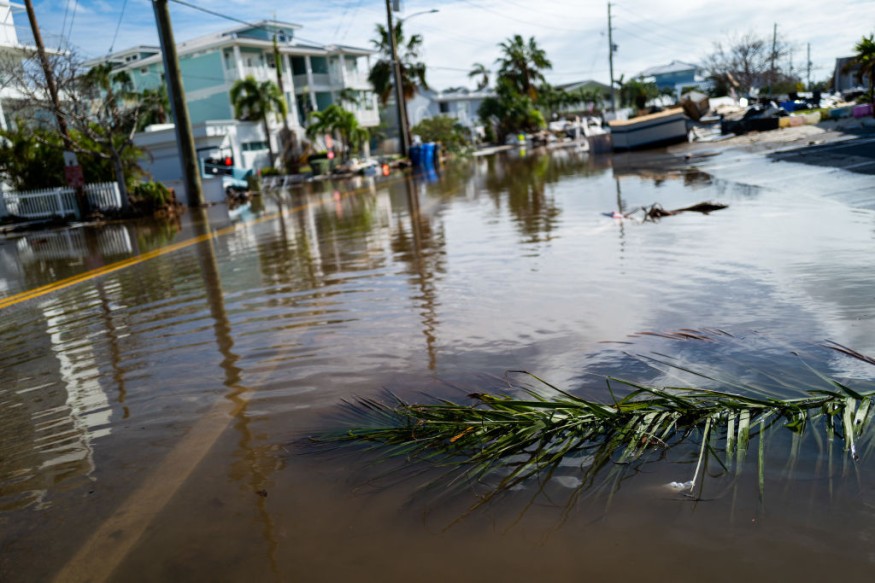
When Hurricane Helene slammed into Florida's Gulf Coast on September 26, it left behind a trail of destruction, claiming over 230 lives and becoming the deadliest hurricane since Katrina in 2005.
But the storm's reach extended far beyond the Earth's surface. Scientists aboard the International Space Station (ISS) observed how Helene shook the upper atmosphere, creating massive ripples known as atmospheric gravity waves.
ISS Captures Gravity Waves from Hurricane Helene, Unveiling Atmospheric Impact
These waves, not to be confused with gravitational waves that distort space-time, are formed when air is displaced and oscillates vertically, much like ripples in water after a pebble drop.
Hurricane Helene's immense energy generated these waves nearly 55 miles above the Earth's surface, an altitude just shy of the edge of space, IFL Science said.
The Atmospheric Waves Experiment (AWE), an instrument aboard the ISS, captured the phenomenon, providing a rare glimpse into the storm's atmospheric impact.
The AWE team described the waves as "circular rings" spreading westward from Florida's northwest coast, resembling the way ripples spread across a pond. These waves, invisible to the naked eye, were detected through changes in airglow-a faint natural light in the upper atmosphere-using AWE's specialized sensors.
Atmospheric gravity waves are common but not always easy to observe. Hurricanes are particularly strong generators of these waves due to their powerful convective cells, especially near the eyewall.
Intense updrafts of warm air within the storm push air upward, displacing it in the upper atmosphere. Gravity then pulls the air back to its original position, creating an oscillating motion. The result is a ripple effect that can extend far beyond the hurricane's immediate impact zone.
READ MORE : Antarctica's 'Doomsday Glacier' May Get Protection Barrier in Effort to Prevent Flooding
Hurricane Helene's Gravity Waves Offer New Atmospheric Insights
NASA's video of the event showed the atmospheric ripples in artificially enhanced colors of red, yellow, and blue, illustrating how these waves billowed outward from the storm. Scientists note that such waves can influence weather systems nearby, altering wind patterns and causing turbulence.
The significance of studying these waves lies in their role in connecting Earth's lower atmosphere with the upper layers and space weather. According to Newsweek, gravity waves also aren't unique to Earth; similar phenomena have been observed on planets like Venus, Jupiter, and even Pluto.
The AWE instrument, launched in late 2022, aims to deepen our understanding of these atmospheric phenomena.
Its observations of Hurricane Helene's gravity waves highlight how storms not only reshape the land but also ripple through the sky, offering critical insights into the interactions between Earth's weather systems and the edge of space.
© 2025 NatureWorldNews.com All rights reserved. Do not reproduce without permission.





